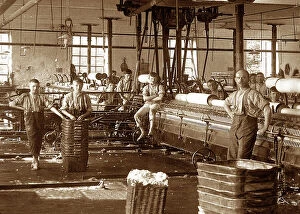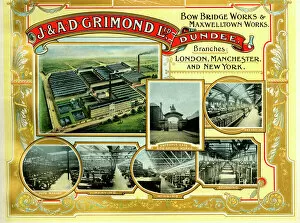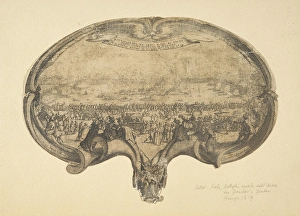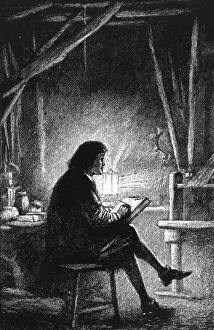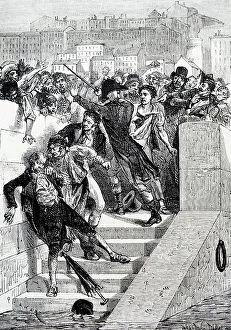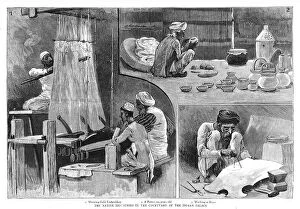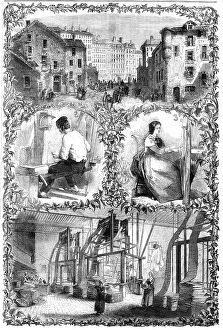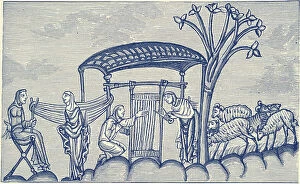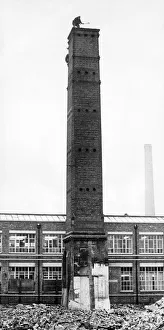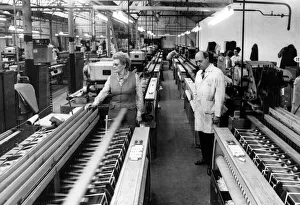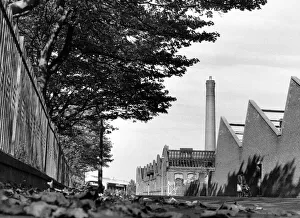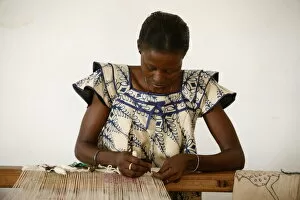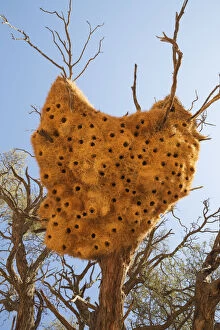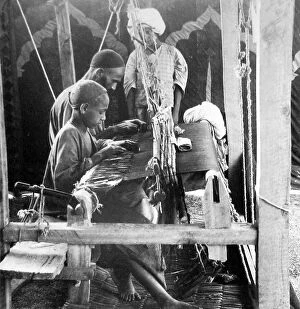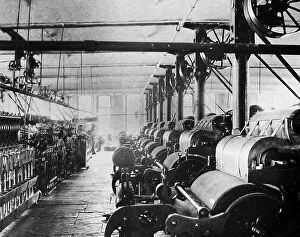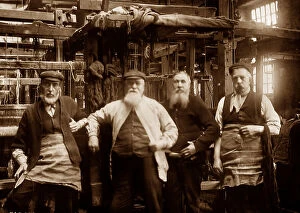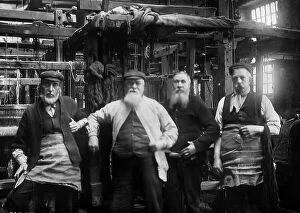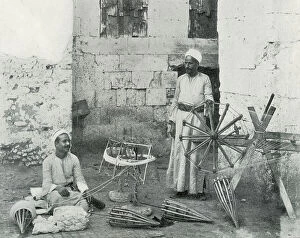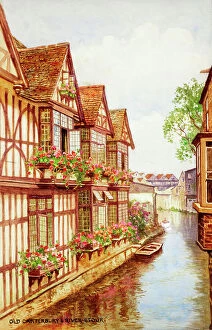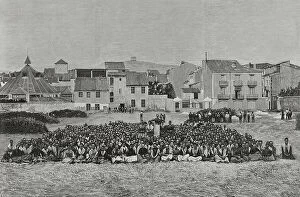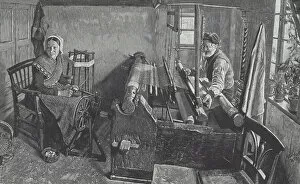Weavers Collection
In the heart of Lancashire during the Victorian period, the rhythmic clatter of looms echoed through the air as weavers diligently worked in a Lancashire Spinning Mill
All Professionally Made to Order for Quick Shipping
In the heart of Lancashire during the Victorian period, the rhythmic clatter of looms echoed through the air as weavers diligently worked in a Lancashire Spinning Mill. Their skilled hands wove intricate patterns into fabrics that would soon grace fashionable garments and elegant home furnishings. Across distant lands, in Dundee, an advert proudly proclaimed J & A D Grimond as Weavers and Spinners. This Scottish city became synonymous with textile production, where talented artisans transformed raw materials into exquisite textiles. Meanwhile, on another continent altogether, a vibrant celebration known as "Battaglia del re Tessi del Tinta festa rapresentata" unfolded. In Africa's Namibia, a weaver bird meticulously constructed its nest using nature's own threads to create a cozy abode for its young. As time marched forward to Canada's early 1900s, the country's textile industry flourished. Factories hummed with activity as workers operated machinery that revolutionized production methods and propelled Canada onto the global stage. Yet weaving was not confined to factories alone; it held deep cultural significance across Africa long before industrialization took hold. Pre-1900s saw African communities skillfully interlacing fibers into beautiful textiles that told stories of heritage and tradition. India too had its own rich tapestry of weaving history. Shawl weavers in Cashmere during the early 1900s showcased their mastery over handlooms by creating luxurious garments coveted by royalty worldwide. The advent of textile machinery brought both opportunities and challenges for handloom weavers around the world during this era. While some embraced modernization to increase productivity, others remained steadfastly loyal to their traditional craft - preserving centuries-old techniques passed down through generations. Through it all, handloom weavers continued to be guardians of an ancient art form - their nimble fingers deftly manipulating threads into works of art that adorned homes and bodies alike.

